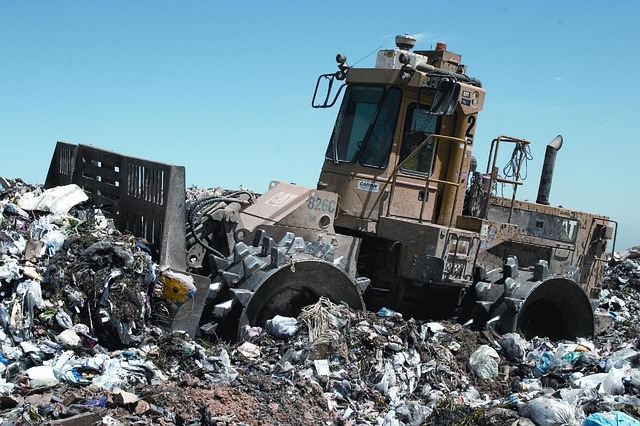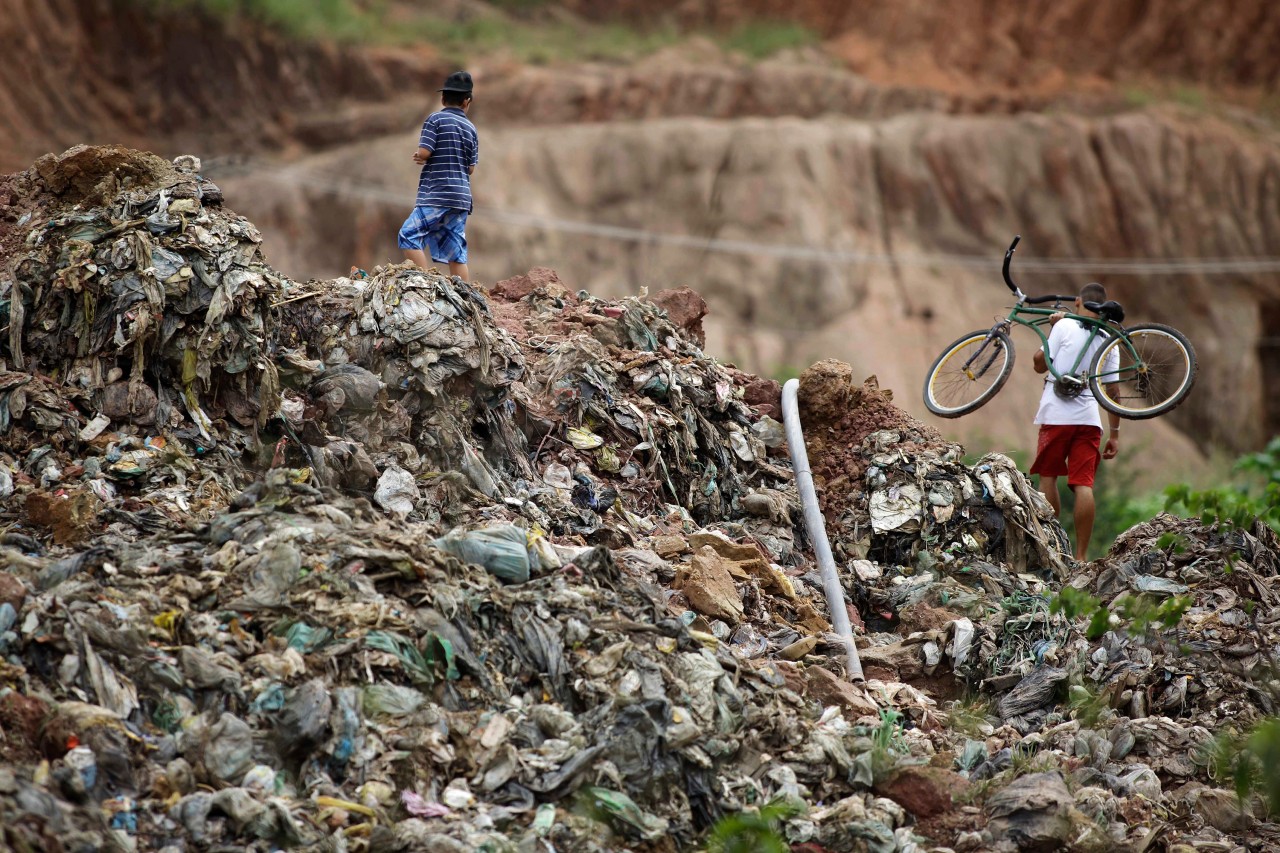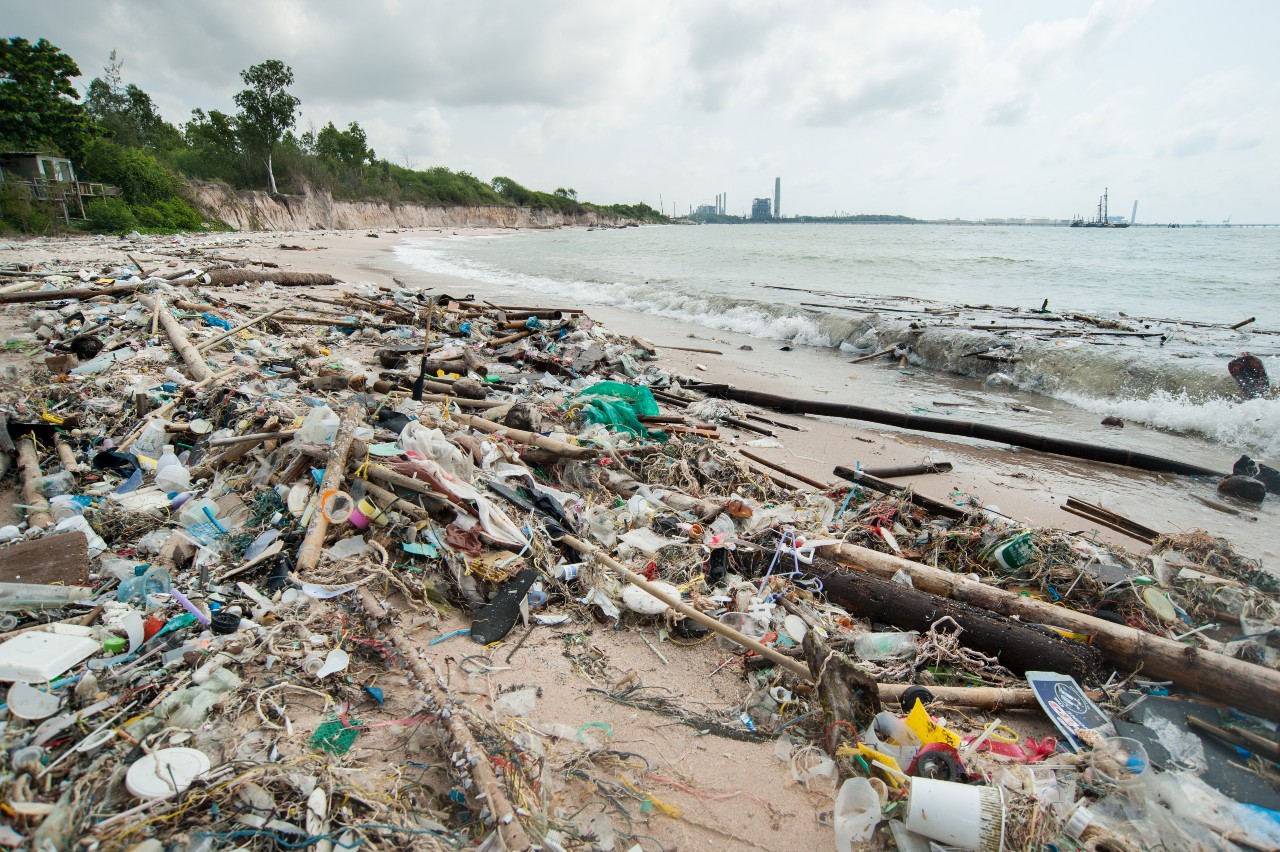WOIMA Blog 3/2019
Harnessing the Awesome Power of Landfilled Waste
Around the world, waste generation rates are rising rapidly. In 2018, over three billion tons of municipal solid waste was generated, amounting to a footprint of 0.54 kilograms per person per day. With rapid population growth and urbanization, annual waste generation is expected to increase by 70% from 2018 levels to over five billion tons in 2050.

Compared to those in developed nations, residents in developing countries, especially the urban poor, are more severely impacted by unsustainably managed waste. In low-income countries, over 90% of waste is disposed in often unregulated dumps or openly burned. These practices create serious health, safety, and environmental consequences. Poorly managed waste serves as a breeding ground for disease vectors, contributes to global climate change through methane generation, and promotes social inequality.
Managing waste properly is essential for building sustainable and livable neighborhoods, but it remains a challenge for many developing countries and cities. Effective waste management is expensive, often comprising 20%–50% of municipal budgets. Operating this essential municipal service requires integrated systems that are efficient, sustainable, and socially supported.
However, integrated waste management should not be looked at only as a cost to the society. This so called “waste” has high potential in both power generation and refuse recycling to save virgin raw materials. Take plastics as an example. Since the early 20th century, when plastic goods became mass-produced commodities, a total of 8.3 billion tons of plastic items have been produced. Only one fourth of these are currently in use and 80% of the discarded items have been placed in landfills or dumpsites, or in worst case, into the nature or oceans.
There is roughly five billion tons of dumped refuse plastics just waiting to be utilized. To put this in perspective, the annual electricity demand in sub-Saharan Africa is currently around 700 TWh, with 200 TWh for residential use and 500 TWh for industrial / commercial use. This is expected to rise to 1,000 TWh by 2030 and 1,500 TWh by 2040. The energy contained in the plastics could provide all the electricity for residential use of all the 48 sub-Saharan countries for the next 20 years. Or about one third of all the electricity consumption in those countries.
And when other high-calorific-value waste, such as wood-based waste, packaging materials, textiles and similar is added to the mix, over half of the sub-Saharan energy demand could be covered. The above figures don’t even take into account the newly collected waste that offers equally high potential.
Naturally, not all this waste is located in the sub-Saharan Africa, but even there the local waste deposits could offer significant relief to the surging power demand. The WOIMA waste-to-value solutions support recycling and can utilize both newly collected and already landfilled waste in power generation. They have been designed to serve medium-sized cities and communities as a localized solution or capital and mega-cities as a decentralized waste management and power generation solution. The plan is to use locally available fuel (waste) to generate energy commodities for local consumption using local labor and services. Each WOIMA facility uses waste from 200.000 to 500.000 people and provides power for tens of thousands of inhabitants.
The WOIMA solutions support the creation of local SMEs utilizing the recyclables as well as the different energy commodities generated on site. They also offer numerous training and employment opportunities on site, upstream and downstream.
“Take, make, dispose” must now shift to “reduce, reuse, recycle”
Contact WOIMA, if you see yourself as collaboration partner in saving the planet. Ask more about turning waste into wellbeing with WOIMA Circular Economy Solutions.






